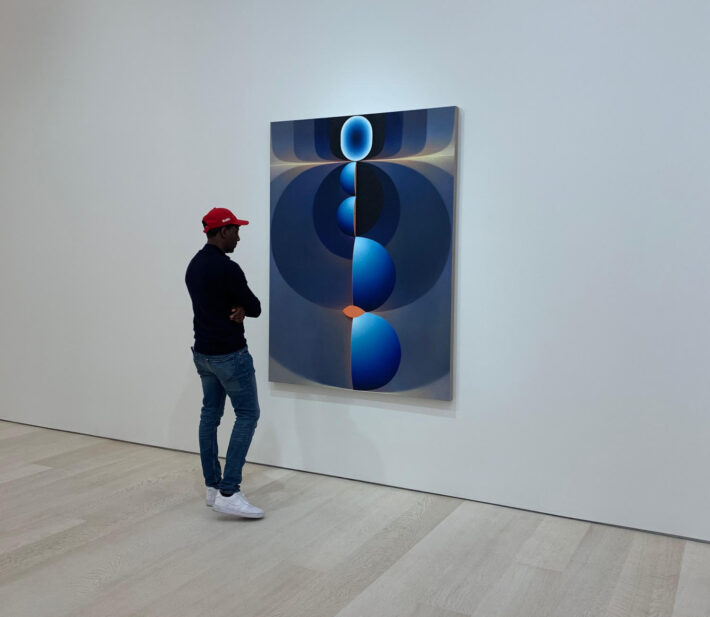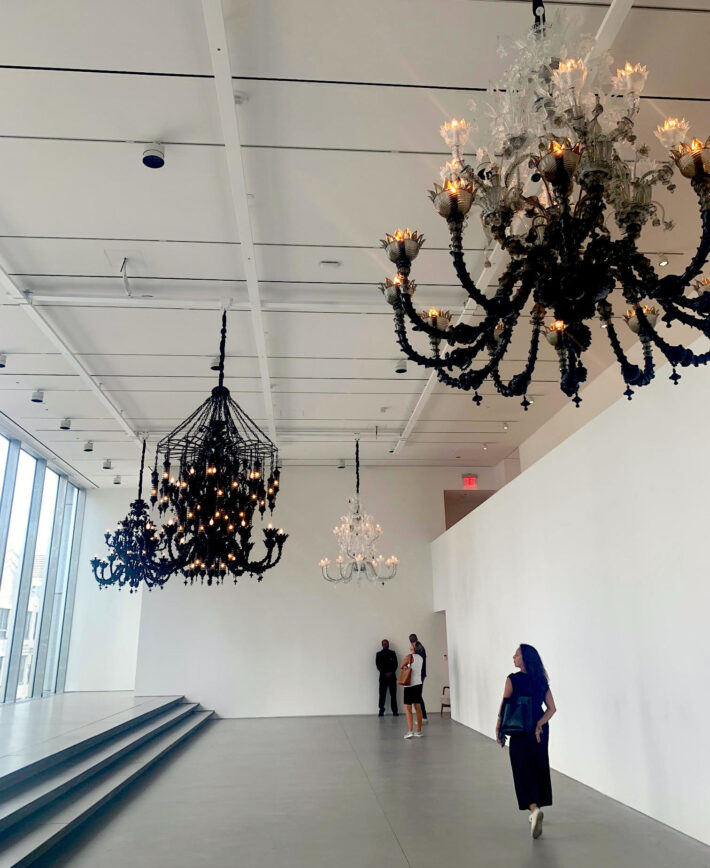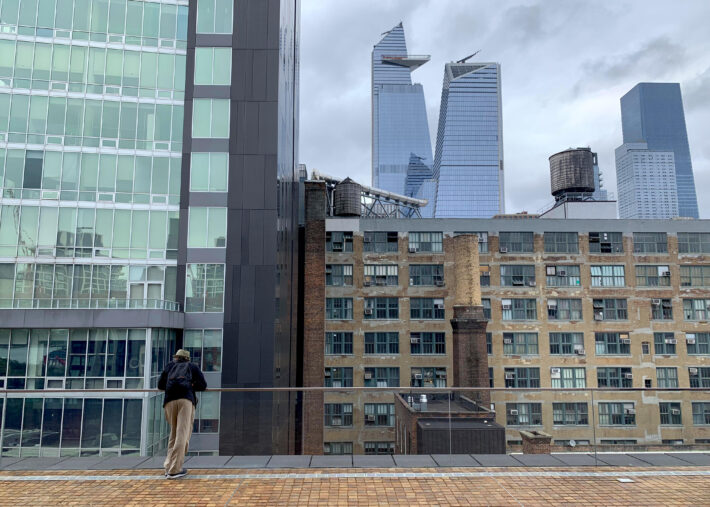
The opening of Chelsea’s Pace Gallery signals the rising trend of “mega galleries” that elevate art for a wealthy few, keeping local real estate prices high while solidifying Manhattan’s reputation as the mecca of a thriving art market.
The nearly $100 million mega-gallery, at 540 W. 25th St., is an eight-story, 74,500 square foot building, and was blessed by a shaman before its public unveiling on Sept. 14. With a Manhattan addition to its expanding international footprint, Pace now oversees one of the largest gallery networks in the world.
Harrison Abramowitz, a director at Newmark Knight Frank who specializes in retail leasing, is offering a space across the street for $36,916 a month at the former Tesla Motors showroom. He expects galleries will continue to fill the neighborhood due to Pace’s presence, and that while some galleries have left Chelsea – such as Andrew Kreps Gallery, James Cohan and Kaufman Repetto, who all went to Tribeca — others are coming back.
These mega galleries’ impact on art prices and real estate brings something else, said Janet Kraynak, director of a Columbia University master’s program in critical and curatorial studies. Pace exemplifies the “over-designed, antiseptic mega trend of ‘Big Art,’” she said. “The scene suffers without the exhibition-driven programs mid-size galleries foster, and the types of artists and work they identify.”
Tim Schneider, a business editor at the industry’s Artnet, agrees. He said in an email that Pace, “is just the most unmistakable symbol yet that only the priciest art will survive in Chelsea, and everyone else had better load up the moving trucks.”

Pace represents the estates of major modern and post-war artists, including Alexander Calder, Willem de Kooning, Jean Dubuffet, Sol LeWitt, Agnes Martin, Pablo Picasso, Robert Rauschenberg and Mark Rothko. There are also works of such living contemporary artists as Chuck Close and David Hockney. Last November, a Hockney painting sold at Christie’s auction house for $90.3 million.
Calder sculptures, paintings and sketches dominate the ground floor. Several of these works are for sale, with prices ranging from a $185,000 watercolor to a nearly 13-foot sculpture priced at $28 million. On the second floor are paintings by 36-year-old newcomer Loie Hollowell, whose works sell for $100,000 to $300,000, according to Artnet.
Artist Fred Wilson has Venetian glass chandeliers displayed on the top floor of the gallery, selling for $350,000 each.

Most works are not for sale in the museum-like building, which includes two floors of offices, a ground-level library, a 10,000-square-foot outdoor terrace and sculpture garden, a performance art space and private viewing areas throughout.
The property is owned by Weinberg Properties and designed by Bonetti/Kozerski Architecture. The Commercial Observer, a real estate trade publication, reported that Weinberg spent $79.8 million on the building’s shell and Pace pitched in $19.8 million for the interior construction.
Pace pays around $700,000 a month in rent. Based on its 20-year lease, Pace will spend over $8 million a year in rent, or over $220 million during the lifetime of the lease.

Once merely “taxi repair lots and sex clubs,” the far west side of Chelsea “has become a vacation and tourist land,” said Chelsea resident and residential architect Dana Laudani. “It’s a little perplexing that Pace would build such an elaborate object – not owning the land, not actually owning the building.”
Wilson, who attended the gallery’s opening and first showed in Chelsea in 1997 with Metro Pictures, said that Chelsea is “settling into itself.”
The soaring prices in the Chelsea art community don’t concern him.
“Just to make one of these Venetian chandeliers of any kind, I’m priced out,” he said, standing next to one of his works. “You can’t really think about money when you’re making an artwork.”
Editor’s Note: An earlier version of this story said that Tim Schneider made his remarks in an op-ed piece. He did not. He made his comments in an email to the reporter.